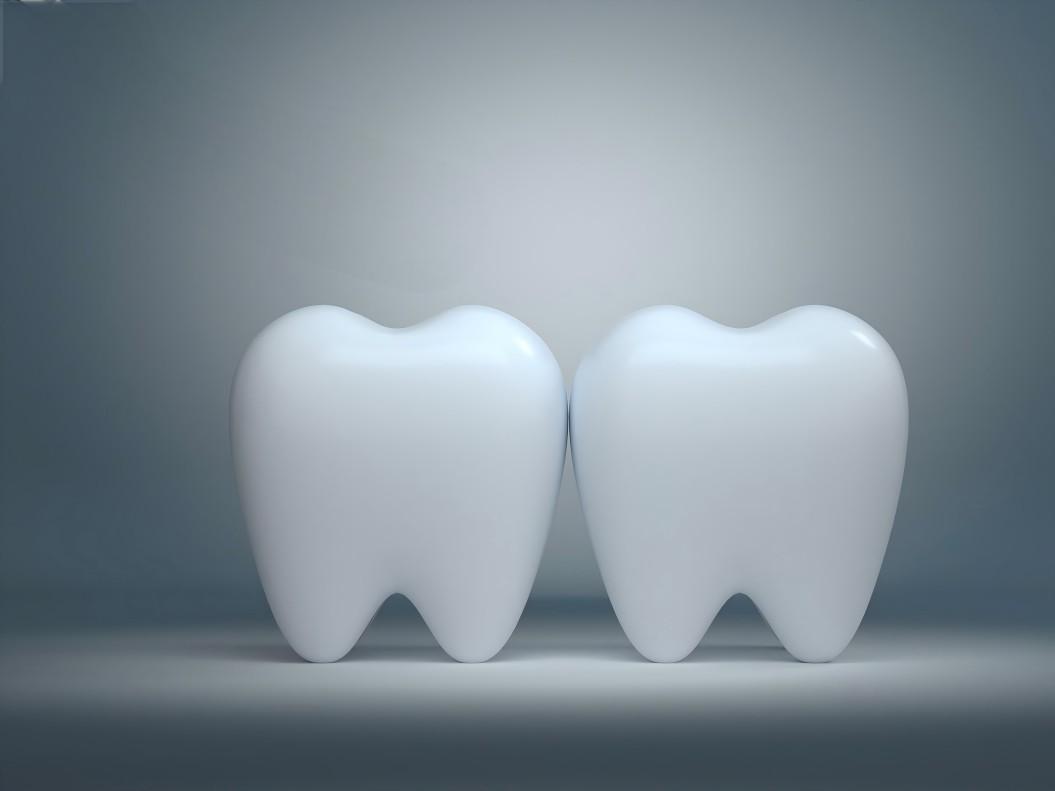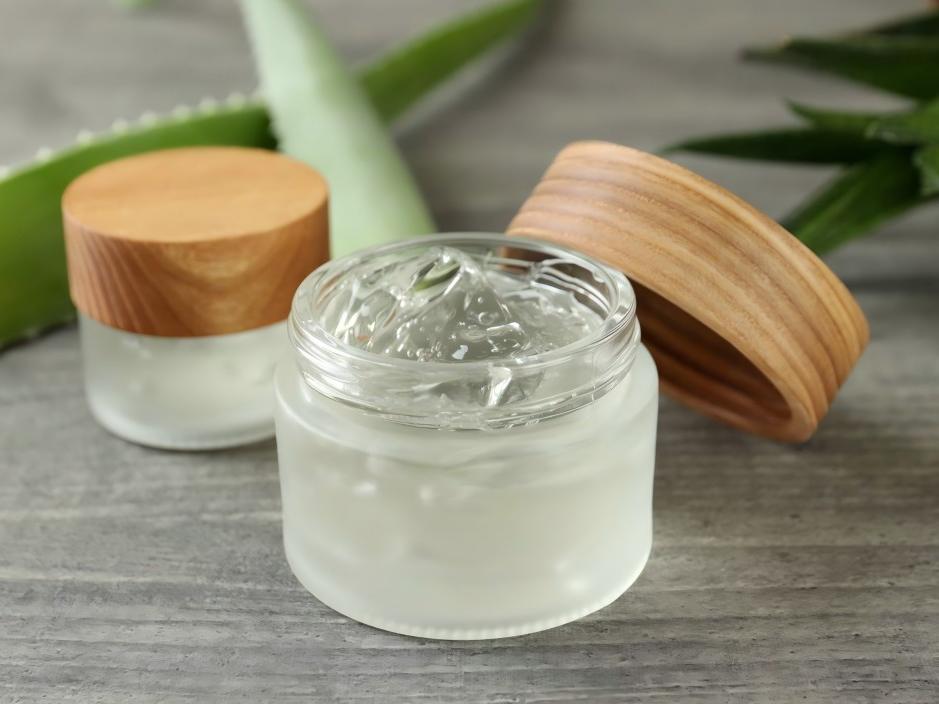What You Need to Know About Hyaluronic Acid?
Hyaluronic acid, also known as hyaluronan, is a viscous polysaccharide substance formed by the repeated alternation of (1–3) –2–acetamido–2–deoxy–β–D–glucose linked via β–1,4 and β–1,3 glycosidic bonds with (1–4) –O–β–D–glucuronic acid [1]. The molecular weight ranges from tens of thousands to millions. The molar ratio of N-acetylglucosamine to glucuronic acid in the molecule is 1:1, and its structure is shown in Figure 1 [2].
In 1937, Kendell et al. [3] extracted HA from the fermentation broth of a strain of bacteria. Since then, there has been extensive and in-depth research on the distribution, physical and chemical properties, chemical structure, production process, and applications in medicine, cosmetics, and health food.
1 Properties and distribution of hyaluronic acid
Hyaluronic acid has many properties in common with other viscous polysaccharides: it is white, an amorphous solid at room temperature, odourless and tasteless, highly hygroscopic, slightly soluble in water and insoluble in organic solvents. However, hyaluronic acid has unique properties compared to other sugars. This is because the glycosidic bonds between glucuronic acid and N-acetylglucosamine on the straight chain axis of hyaluronic acid, hydrogen bonds and interactions with the aqueous solution cause hyaluronic acid to form a rigid helical column with a radius of 200 nm in space. On the one hand, the inner surface of the column is strongly hydrophilic due to the large number of hydroxyl groups; on the other hand, the continuous and directional arrangement of the hydroxyl groups also creates highly hydrophobic areas on the hyaluronic acid molecule chain. It is precisely the hydrophilic and hydrophobic properties of the HA molecule that allow a continuous three-dimensional honeycomb network structure to form even at HA concentrations below 10-3. Water molecules are fixed in the spiral column within this honeycomb network by polar bonds and hydrogen bonds with hyaluronic acid molecules, and are not easily lost. Therefore, hyaluronic acid can absorb about 1000 times its own weight in water like a molecular sponge, and is internationally recognized as the best moisturizer [4].
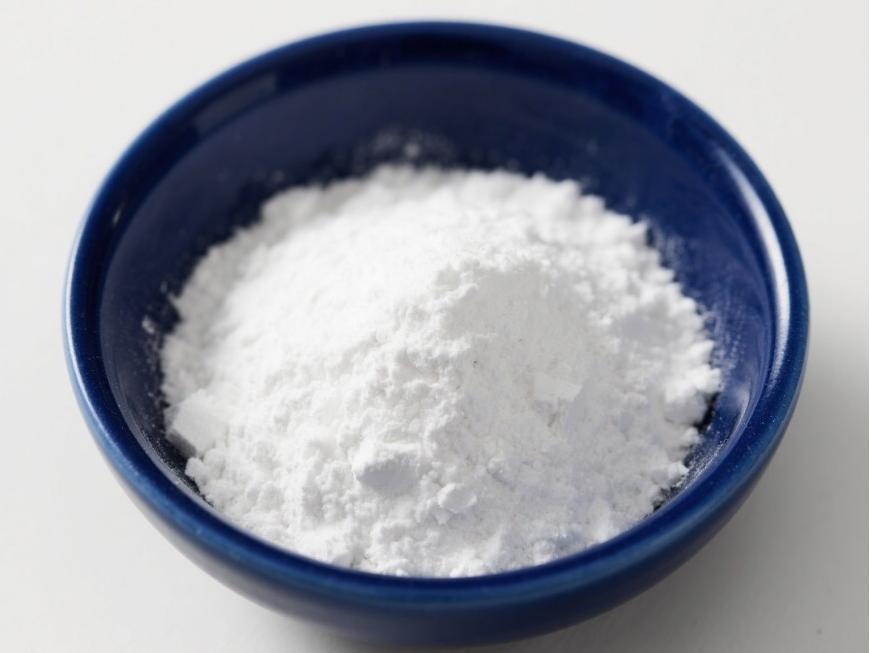
In nature, HA is widely distributed in various tissues of higher animals. HA has now been isolated from umbilical cords, skin, human serum, chicken combs, synovial fluid, brain cartilage, eye vitreous humor, chicken embryos, human urine, and arterial and venous walls. In mammals, the highest amounts of hyaluronic acid are found in the vitreous body, synovial fluid and umbilical cord [5], while the amount of HA in the comb of a rooster is similar to that in synovial fluid [6]. HA is bound to proteins and coexists with other mucopolysaccharides. It exists in a dissolved form in the vitreous body and synovial fluid, and in a gel form in the comb of a rooster and umbilical cord. Hyaluronic acid is not only found in the tissues of higher animals, but also in some bacteria. Bacteria with high HA content have been found, mainly Pseudomonas aeruginosa, Clostridium perfringens and Streptococcus hemolyticus types A, B and C [7].
2. Applications of hyaluronic acid
2.1 Hyaluronic acid in cosmetics
Hyaluronic acid has a good moisturizing effect and is a natural moisturizing ingredient additive in high-end cosmetics. Because it is a natural factor widely present in human skin tissue and has good compatibility, it can be added to almost any beauty cosmetic, from the original creams, lotions, and lotions to the current bath salts, powders, lipsticks, etc. [8]. Its superior performance has attracted widespread attention from the international cosmetics industry. When cosmetics containing HA are applied to the skin surface, hyaluronic acid can form a viscoelastic hydrated film on the skin surface, which can smooth and moisturize the stratum corneum of the skin, and block the invasion of foreign bacteria, dust and ultraviolet rays, protecting the skin from damage. At the same time, hyaluronic acid can penetrate the epidermis of the skin, slightly expand the capillaries, increase blood circulation, improve intermediary metabolism, and promote the absorption of skin nutrients and the discharge of waste. In addition, hyaluronic acid has a strong wrinkle-reducing effect, increases skin elasticity, and delays skin aging. This is the dual effect of hyaluronic acid on skin moisturization and nutrition.

2.2 Hyaluronic acid in medicine
Hyaluronic acid and its salts are the main components of connective tissue such as the human body's intercellular matrix, the vitreous body of the eye, articular cartilage, and synovial fluid of the joints [9]. Due to its unique physical and chemical properties and physiological functions, hyaluronic acid has been widely used in medicine. In the treatment of joint diseases, supplementing the body with exogenous hyaluronic acid can restore the lubricating function of synovial fluid, creating time for the diseased joint to repair itself, promote joint repair and functional improvement; in ophthalmic surgery, it can effectively support the anterior chamber after being injected into the anterior chamber, and can form a protective film on the surface of other tissues in the eye and the surface of surgical equipment to prevent mechanical damage to the equipment; in surgical operations, hyaluronic acid can be used to prevent postoperative adhesion and promote skin wound healing; as a medium, HA is also widely used in eye drops [10]. In addition, hyaluronic acid can be combined with other drugs to achieve targeted and timed release by using the targeting effect of HA receptors. Therefore, with the gradual development of medical technology, the application of hyaluronic acid in the medical field will become more and more extensive.
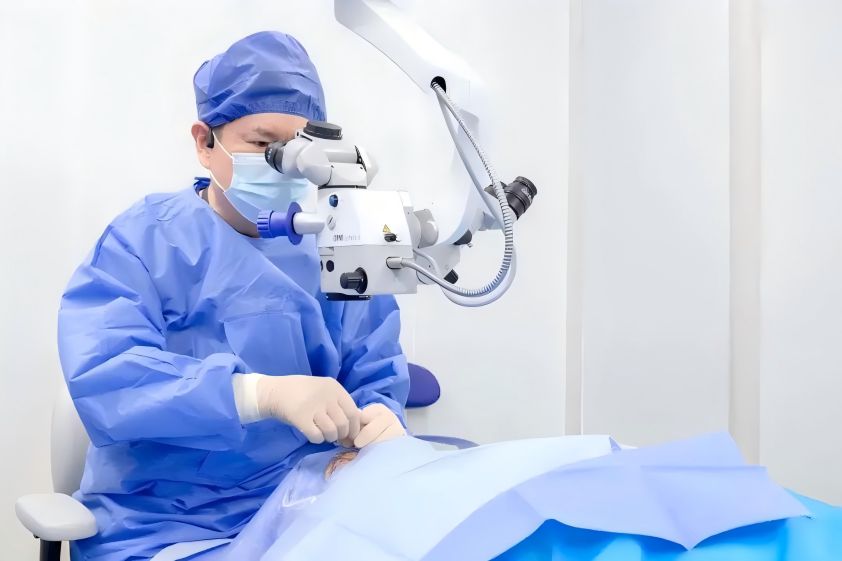
2.3 Application of hyaluronic acid in the food industry
The amount of hyaluronic acid in the human body is about 18g, and it plays a vital role in the physiological activities of the human body. If the hyaluronic acid content in the joint cavity, blood vessels, heart, eyes, brain and other tissues and organs decreases, it may lead to diseases such as arthritis, atherosclerosis, pulse disorders and brain atrophy. Oral intake of hyaluronic acid can supplement the body's lack of HA and prevent the aging of tissues and cells caused by a lack of hyaluronic acid in the body. In particular, it has a significant effect on maintaining the health of the elderly. Hyaluronic acid can delay aging through digestion and absorption, leaving the skin moisturized, smooth, soft and elastic [11]; at the same time, oral hyaluronic acid can also make people full of energy and youthful vitality. At present, oral hyaluronic acid beauty and health food is being paid more and more attention and accepted by more and more people.
3 Preparation of hyaluronic acid
There are two main methods for preparing hyaluronic acid: one is to extract it from animal tissue, and the other is to obtain it through microbial fermentation [12].
3.1 Tissue extraction method
HA is widely found in the interstitial matrix of various animal tissues, such as skin, joint synovial fluid, cartilage, eye vitreous body, rooster comb, chicken embryo, etc. Among them, the human umbilical cord, rooster comb, joint synovial fluid and eye vitreous body have the highest hyaluronic acid content. The general method for extracting HA from tissues is as follows: animal tissue is first homogenized, then dissolved in water and a dilute salt solution. The solution is precipitated with hexadecylpyridinium chloride, and the resulting precipitate is dissolved in sodium chloride solution. The crude product is then precipitated with a threefold ethanol solution, and purified repeatedly using hexadecylpyridinium chloride and ethanol, or by gel and ion exchange chromatography. The hyaluronic acid obtained from humans and animals has a higher viscosity and better moisturizing properties, and its relative molecular weight is generally greater than 600,000. At present, most of the hyaluronic acid used in high-end cosmetics and medical-grade ophthalmology is still obtained by this method. However, the traditional extraction method is costly, the source is limited, and the purification is complicated, making it difficult to meet the ever-increasing demand [13].
3.2 Fermentation production method
Since the 1970s, some people have been using microbial fermentation to produce hyaluronic acid. In 1985, Shiseido of Japan first reported the use of Streptococcus zooepidemicus to produce hyaluronic acid. The commonly reported hyaluronic acid-producing bacteria are mainly Group A and Group C streptococci in the Berger's Manual. Group A mainly includes pyogenic streptococci, etc., which are human pathogens and should not be used as production strains; Group C streptococci are non-human pathogens and are more suitable for industrial production. At present, the industrial production of hyaluronic acid using Streptococcus pyogenes has already reached an industrial stage in recent years. Generally, the yield and quality of hyaluronic acid produced by microbial methods mainly depend on the following aspects: the performance of the production strain, the optimization of the culture medium and fermentation process, the control of the fermentation process, and the downstream separation and purification of the fermentation.
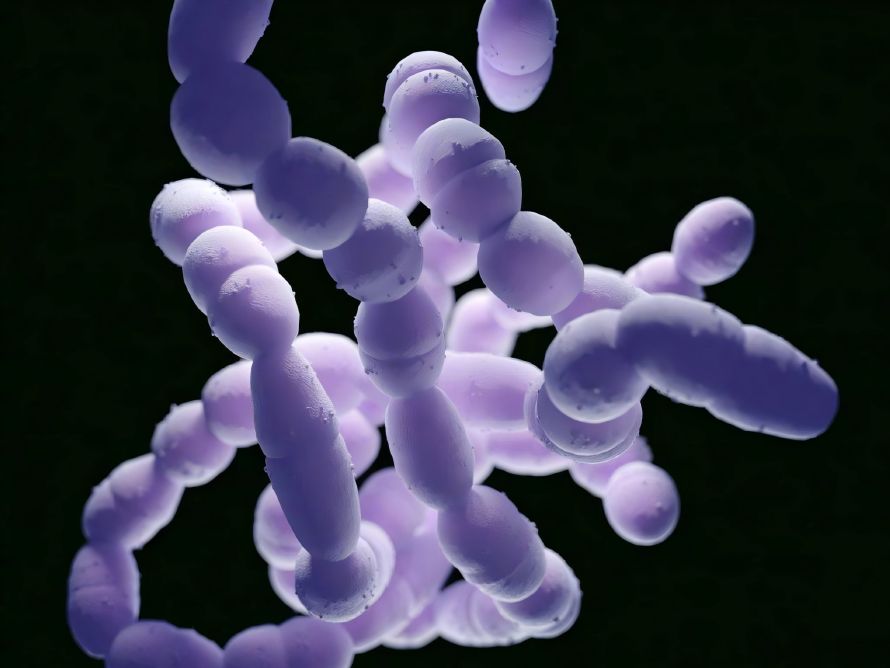
3.2.1 Selection and breeding of high-yielding strains
The breeding of high-yielding hyaluronic acid strains is a very important task that must be carried out over the long term. At present, China's breeding of hyaluronic acid-producing strains is still mainly based on traditional artificial mutagenesis. The general method of mutagenesis is as follows: obtain an original strain from nature or an animal, identify it as Streptococcus zooepidemicus and produce hyaluronic acid, and then use this strain as the starting strain for NTG, ultraviolet light or a combination of the two. The strain that is genetically stable and produces high levels of hyaluronic acid is selected as the starting strain for continued mutagenesis. This process is repeated many times to increase the production level of hyaluronic acid. However, with the continuous in-depth study of the mechanism of Streptococcus zooepidemicus producing hyaluronic acid, the cloning of key enzymes for the biosynthesis of HA and the construction of genetically engineered bacteria to increase HA production and control its molecular weight have become the focus of current research and development.
3.2.2 Matching of the culture medium
The requirements of Streptococcus zooepidemicus for the production of hyaluronic acid are extremely demanding. Currently, the main carbon source for industrial production of hyaluronic acid is glucose, and the nitrogen source is yeast powder, peptone, beef extract or compound organic nitrogen source. However, when the medium is not properly matched, resulting in an imbalance in the ratio of nitrogen and carbon sources or a lack of growth factors, the metabolic pathway of Streptococcus zooepidemicus will change, and more of the substrate glucose will be converted into by-products such as lactic acid or acetic acid, affecting the fermentation production level of hyaluronic acid. Therefore, the choice of culture medium is extremely important.
3.2.3 Optimization of fermentation technology and control of the fermentation process
Streptococcus zooepidemicus, which produces hyaluronic acid, is a facultative anaerobe, and hyaluronic acid is the main component of the capsule of Streptococcus zooepidemicus. When there is too much dissolved oxygen in the fermentation broth, it will cause damage to the bacteria. Insufficient dissolved oxygen will result in a lack of stimulation of Streptococcus zooepidemicus, which will lead to the bacteria not producing capsules and reduce the production of hyaluronic acid. The main process factors affecting the dissolved oxygen level in the fermentation broth are the rotational speed and the amount of aeration. In addition, different temperatures, rotational speeds and pH values have a significant effect on the molecular weight of hyaluronic acid. Studying the fermentation kinetics of hyaluronic acid can help us understand the laws of the fermentation production process, so that we can optimize and control the fermentation process to improve the production level and efficiency of hyaluronic acid.
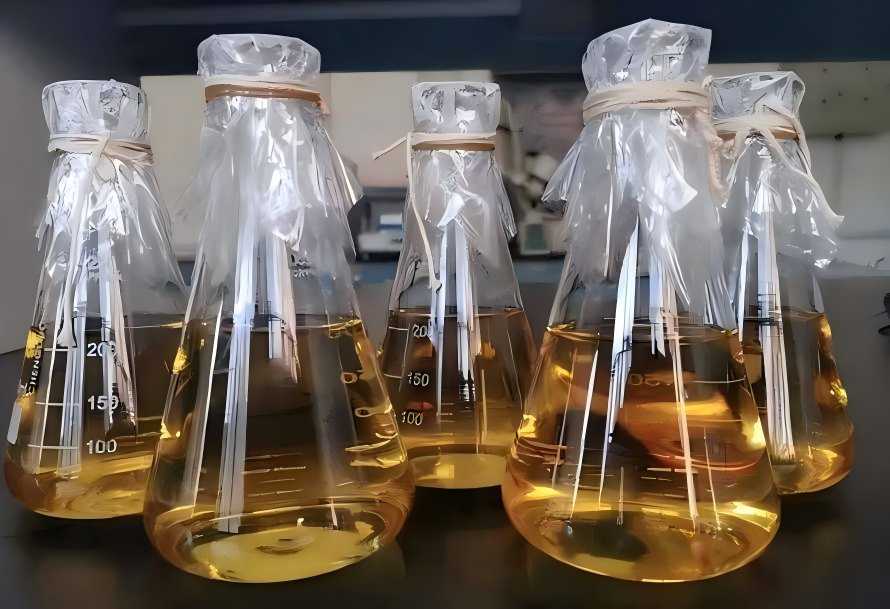
3.2.4 Separation and purification of hyaluronic acid in the fermentation broth
The downstream separation and purification process is a key link in obtaining high molecular weight and high purity hyaluronic acid, and it is the bottleneck restricting the production of high-standard HA in many companies. The hyaluronic acid fermentation broth is very viscous and is a complex multi-phase system. The fluid properties are non-Newtonian. The main suspended solids in the fermentation broth are: fermentation product hyaluronic acid, bacterial cells, various impurity proteins and residual components in the culture medium and other metabolites. It is difficult to quickly and effectively separate HA from other components in the fermentation broth. At the same time, autolysis of the bacteria in the fermentation broth can produce hyaluronidase to degrade HA, which greatly reduces the molecular weight of HA [14]. Therefore, finding a suitable separation and purification process is of great significance for the preparation of high-standard hyaluronic acid.
4 Outlook
Fermentation is a cost-effective method for producing hyaluronic acid, and the extraction process is simple. It has been scaled up for production and has broad market prospects. The international market price for cosmetic-grade HA is 1000 to 2000 $/kg, while the price for pharmaceutical-grade HA is 6000 to 20000 $/kg. In 1985, the total sales of HA in the international market was 100 million US dollars, rising to more than 200 million US dollars in 1990, and reaching 600 million US dollars in 1995. Statistics show that the global market for hyaluronic acid-related products was worth about 3 billion US dollars in 2004, with pharmaceutical and cosmetic skin care product additives and medical products each accounting for half of the market. Europe, the United States and Japan are the largest markets for the production and use of hyaluronic acid products, and it is expected that they will continue to grow at a rate of 15% per year in the future. At present, the annual domestic demand for hyaluronic acid is about 5 tons.
Since the 1980s, the production of hyaluronic acid by fermentation has been achieved abroad, and the number of manufacturers has increased from more than ten to hundreds, and the scale is also getting larger and larger. In contrast, in China, the production level and production efficiency of hyaluronic acid are relatively low, and there are few manufacturers that produce HA by microbial fermentation, which seriously restricts the development and application of hyaluronic acid in China. At present, the main bottlenecks in the development of hyaluronic acid production in China and the problems that need to be solved are mainly the following:
(1) Low yield of bacterial strains: According to Chinese literature, the yield at the laboratory level can reach about 6 to 8 g/L, but after application in industry, the yield may be much lower due to factors such as raw materials and fermentation conditions. There is still a large gap from the international factory fermentation level of 8 to 10 g/L or more. Therefore, using traditional mutagenesis breeding or genetic engineering methods to obtain high-yield bacterial strains is an important research direction for application.
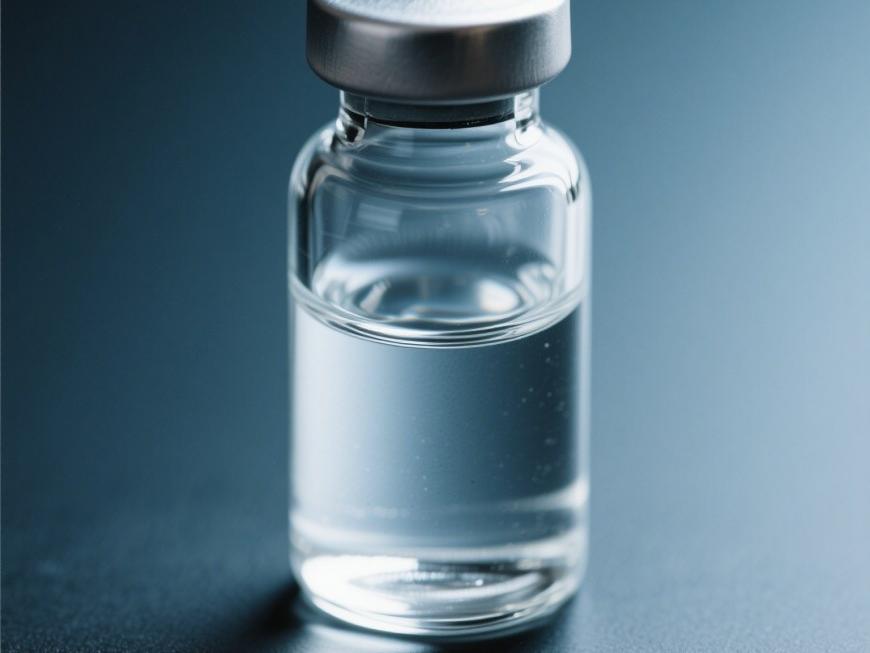
(2) Small and uneven molecules: There are many factors that affect the molecular size of hyaluronic acid. According to literature reports, during the fermentation process, dissolved oxygen, pH, and temperature can all affect the molecular size.
(3) Immature fermentation process: Kinetics is the basis for the application of modern fermentation technology. Studying it can help us understand the laws of the fermentation process, so that the production process can be optimized and controlled to obtain high substrate conversion rates and high production intensities.
(4) The fermentation mechanism is not clear: According to existing literature reports, only a very small number of substrates can be converted into hyaluronic acid. Although the research on the synthesis pathway of hyaluronic acid has been carried out at the molecular level, there is no feasible and effective theory that can greatly increase the yield of hyaluronic acid.
References :
[1] Ling Peixue. Hyaluronic acid [M]. Beijing: China Light Industry Press, 2000.
[2] Laurent T C. Biochemistry of hyaluronic. Acta Otolaryngol (Stockh) [J], suppl, 1987(442):7-24.
[3] Kendell F E, Heidellberger M, Dawson M H. A serologically inactive polysaccharide elaborated by mucoid strains of group A hemolytic streptococcus [J]. J Biol Chem, 1997 (118): 61-69.
[4] Wu Dongru. Biochemistry of Carbohydrates [M]. Beijing: Higher Education Press, 2001.
[5] Pogrel M A, Lowe M A, Stern R. Hyaluronic (hyaluronic acid) in human saliva [J]. Aich Oral Biol, 1996, 41: 667-671.
[6] Wang Dong. Synthetic hyaluronic acid in Japan [J]. Journal of Chemical Industry and Engineering, 2002(1): 16
[7] Zhang Huzhong, Wen Yuanlin. Chemistry of Animal Active Ingredients [M], Tianjin: Tianjin Science and Technology Publishing House, 1995.
[8] Xu Hong, Lu Zhihua. Application of sodium hyaluronate in cosmetics [J]. Chinese Journal of Biochemical Drugs, 1998: (5): 222-223.
[9] Fan Ming. Effect of hyaluronic acid on the content of cytokines in synovial fluid of knee osteoarthritis [D]. Qingdao: Qingdao University, 2005.
[10] Bi Ying. A study of sodium hyaluronate film for preventing adhesion after surgery [D]. Qingdao: Qingdao University, 2002.
[11] Yang Suzhen, Chen Guirui. Characteristics of hyaluronic acid and its application in food [J]. Food Industry Science and Technology, 2008, 29(6): 317-320.
[12] Ishikawa, Osamu. Nippon Gankaishi [J]. Ganka, 1987 (38): 927.
[13] Lu, Nianci, Tan Tianwei. Preparation and application of hyaluronic acid [J]. Journal of Functional Polymer Science, 2001, 14(3): 370-376.
[14] Kui Miaomiao, Cui Bo, Sun Hongbo, et al. Research progress on the extraction and determination methods of green onion oil [J]. Journal of Shandong University of Light Industry, 2010, 24(3): 1-3.


 English
English French
French Spanish
Spanish Russian
Russian Korean
Korean Japanese
Japanese

